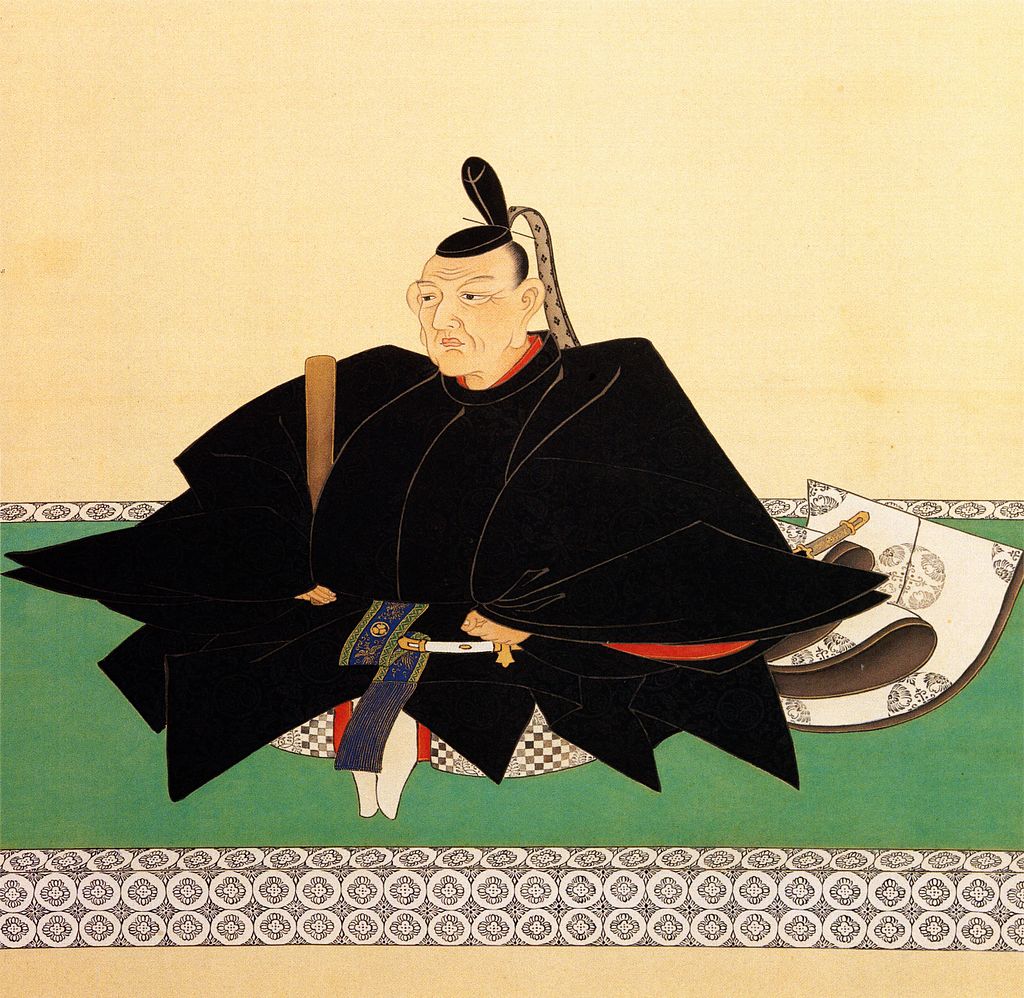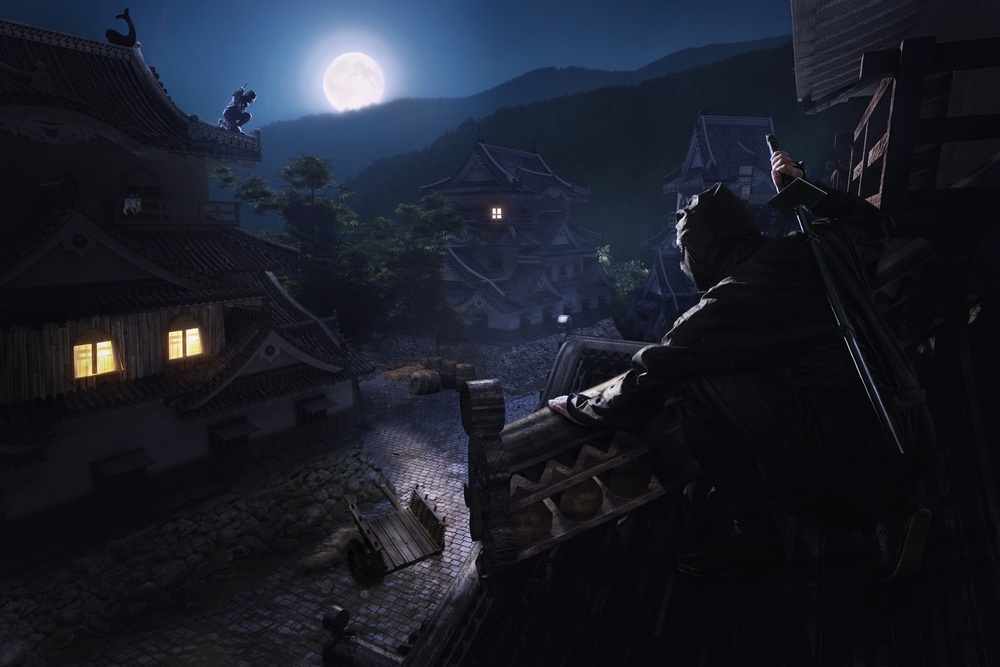Oniwaban: The Stunning Story of the Shogun’s Secret Service Spies
It took effectively over 50 years and the work of three of Japan’s strongest warlords (together with the legendary Demon King Oda Nobunaga) to show Japan from a unfastened confederation of semi-independent states right into a unified nation. So, it is comprehensible that when the Tokugawa clan emerged because the final one standing within the combat for a united Japan within the early 17th century, they had been reasonably eager on preserving the nation from splintering once more. With that aim in thoughts, they created a novel group of presidency spies who ultimately helped form the trendy picture of the ninja.

The Origin of the Backyard Guards
One technique the Tokugawa shogunate used to remain in energy was mandating feudal lords to alternate their residences between their provinces and Edo (modern-day Tokyo), forcing them to maintain lavish properties in two locations and never leaving them with a lot of extra cash to foment dissent. The shogunate additionally developed the Tokaido route connecting Kyoto and Edo, with loads of checkpoints alongside the best way to ensure no armies or weapons had been heading towards Japan’s capital. Then got here the eighth Tokugawa shogunate: Yoshimune (1684-1751).
The seventh shogun, Tokugawa Ietsugu, died at age six with out leaving an inheritor. Fortuitously, the clan had a contingency plan for such an event within the type of three branches of the Tokugawa household from which spare shoguns may very well be sourced. Yoshimune was of the Kishu department, based mostly in what’s right this moment Wakayama Prefecture and components of Mie.
Referred to as to Edo to manipulate, Yoshimune knew he’d need assistance to outlive the challenges of Japanese politics in unfamiliar territory. That is why he introduced with him 20 of his most trusted “gunpowder handlers” and stationed them in Edo Fort. They got the duties of guards (“ban”) and since they had been headquartered within the gardens (“niwa”), they turned often called the oniwaban, a form of feudal mixture of the Secret Service and the Nationwide Safety Company (NSA) .

The Shogun’s Eyes and Ears
On the floor, the oniwaban’s job was defending Edo Fort and everybody inside it by patrolling the grounds across the palace the place the shogun lived and completely vetting and keeping track of each craftsman, artist, or martial arts teacher allowed close to the fort’s inside sanctum. Nonetheless, their major, secret obligation was gathering intelligence and finishing up undercover operations for the shogun. Whereas that will sound thrilling, in actuality, the duty largely boiled right down to passing on information and rumors from across the metropolis and sometimes becoming a member of authorities inspection excursions in disguise to examine if the provincial lords had been getting rebellious.
Each report they made was rigorously written up and cross-checked with different intelligence accounts to ensure accuracy. And when an oniwaban was off on a mission someplace, their absence was rigorously famous within the official fort data as lacking work resulting from illness. So, consider the oniwaban much less as feudal model of James Bond and extra like 17th-century undercover bureaucrats. And but these identical persons are additionally those who had a profound, eternal impact on how we image ninjas right this moment.

How the Oniwaban Bought Ninja-fied
Earlier than the oniwaban, ninjas had been often called many issues equivalent to assassins, guerilla fighters and masters of disguise. However, with a number of exceptions, they did not actually have a popularity for spying till their tales bought blended up with these of the oniwaban. A part of it could be as a result of the oniwaban held the standing of “Iga-mono” (a synonym for “Iga ninjas”).
Earlier than finishing the unification of Japan and forming the Tokugawa shogunate, Tokugawa Ieyasu discovered himself fleeing from his enemies by way of the Iga area within the 1580s. He was helped alongside the best way by precise Iga ninjas and later employed them and their descendants as his private guards at Edo Fort. Nonetheless, through the years, these “Iga-mono” stopped performing precise ninja actions and their identify turned one other phrase for a kind of guard at Edo Fort.
The oniwaban got that very same title for the easy cause that it gave them a believable excuse to have personal audiences with the shogun, throughout which they might move on secret intel to him. This was even though that they had completely no relation to Iga. Playwrights, painters and later even manga and anime artists latched onto their “ninja in identify solely” title and ran with it quick and unfastened till the road between precise ninjas and the oniwaban turned blurry.
This was moreover fueled by the oniwaban being extraordinarily secretive. That they had very strict guidelines forbidding them from interacting with common Japanese residents and virtually each oniwaban was a descendant of the gunpowder handlers initially delivered to Edo by Yoshimune.
Outsiders had been virtually by no means recruited into the oniwaban ranks, which made them appear extra mysterious and, effectively, ninja-like. No surprise then that across the mid-19th century, it was rumored that the wildly misunderstood oniwaban spies had infiltrated america, which raises an necessary query: why hasn’t this story of ninja-esque Japanese spies in Abraham Lincoln’s America been made right into a film but? This concept is free, Hollywood.
Extra historic deep-dives:
